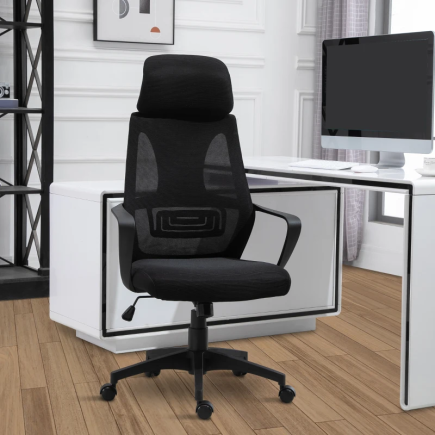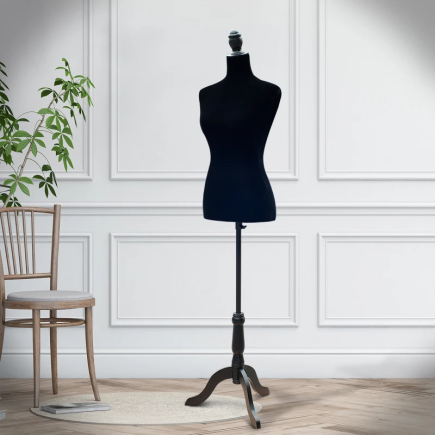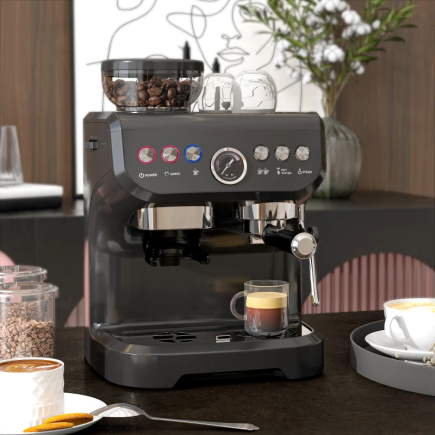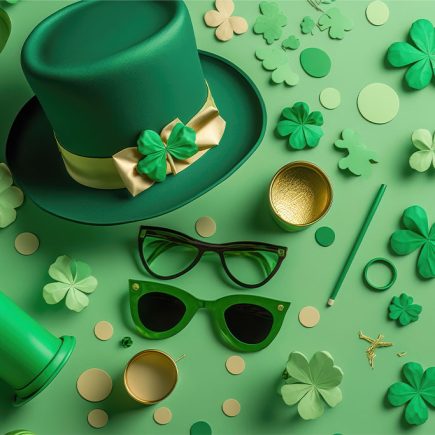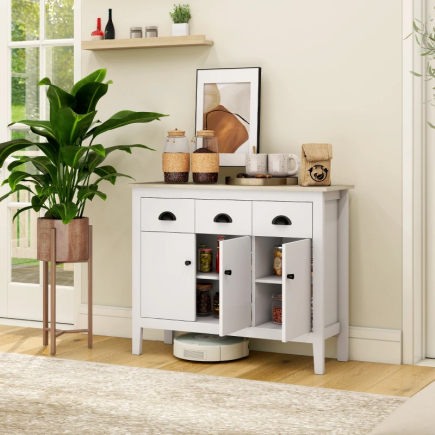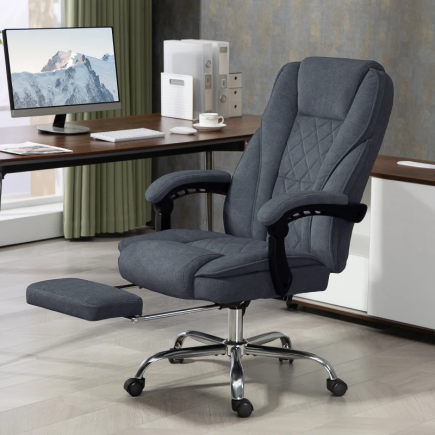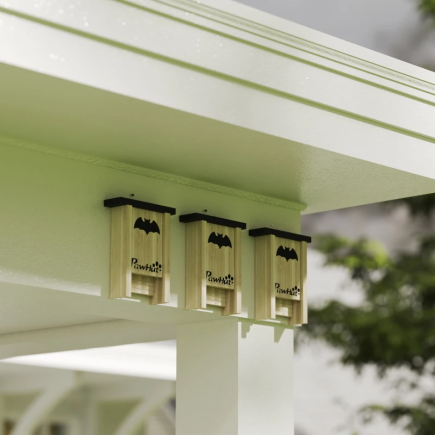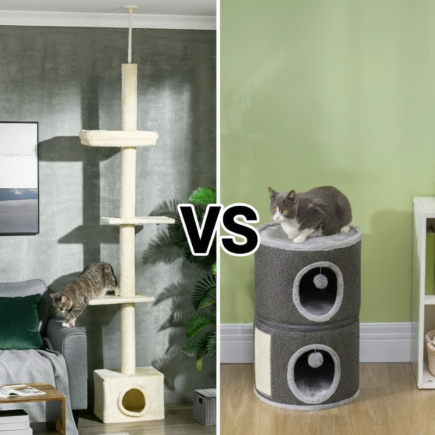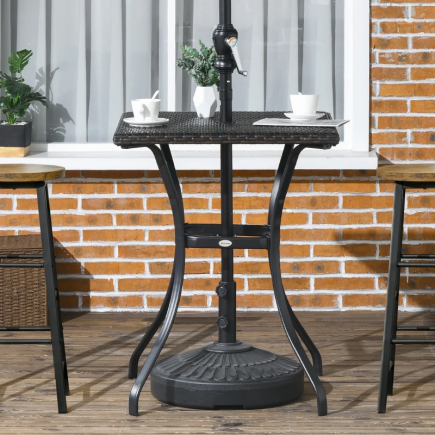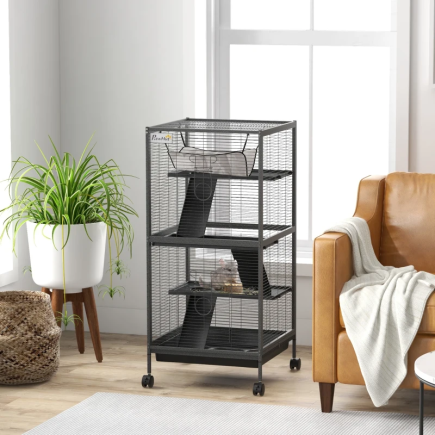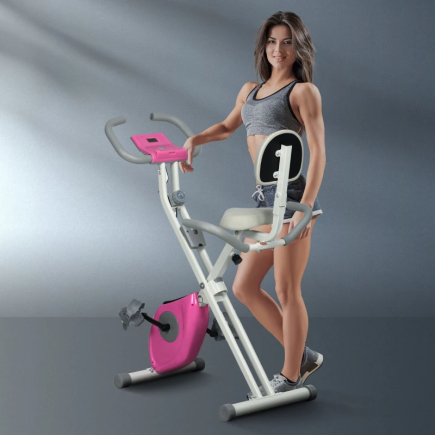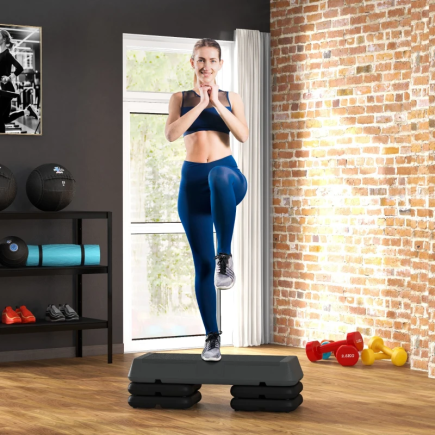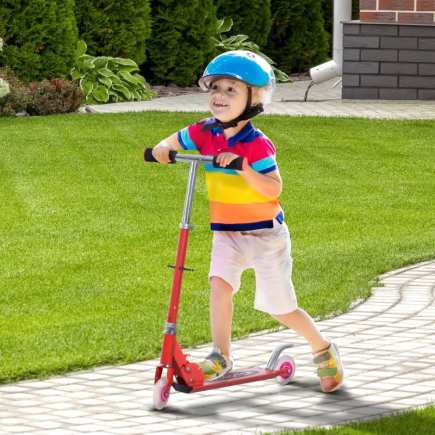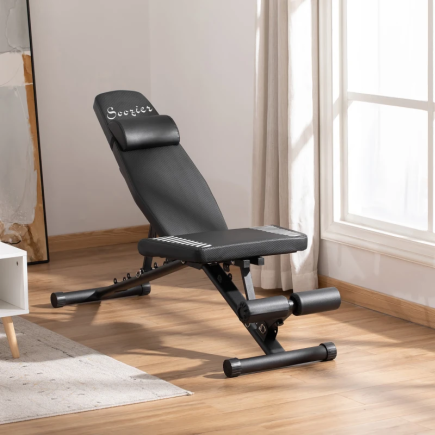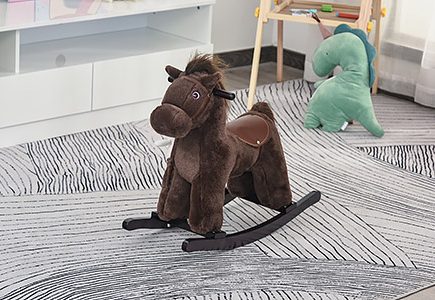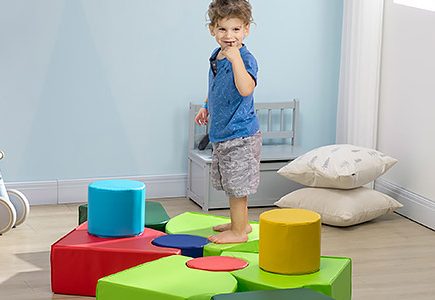
Egg chairs are an iconic blend of style and comfort, often beloved for their cozy cushions. Over time, these cushions can become magnets for dust, spills, and odors, diminishing their charm. Whether you’re dealing with daily grime or sudden stains, knowing how to properly clean your egg chair cushions can make a world of difference. This article will walk you through a detailed process to restore your cushions’ pristine condition while ensuring their longevity.
Step 1: Gather Cleaning Supplies
For a successful cleaning session, prepare the necessary tools and products. Here’s what you’ll need:

- Mild detergent or dish soap (non-toxic preferred)
- White vinegar (for natural cleaning solutions)
- Baking soda (for odor and stain treatment)
- Soft sponge or soft-bristle brush
- Clean microfiber or lint-free cloth
- Spray bottle for applying solutions evenly
- Vacuum with upholstery attachment
Prepare a well-ventilated and spacious cleaning location, such as a backyard or an indoor laundry area.
Step 2: Know Your Cushion Material
Before beginning, it’s crucial to identify your cushion’s material type. Different fabrics respond to cleaning methods in unique ways, so read the care label if available. Here’s a breakdown to help you determine the proper approach:
- Fabric Cushions (e.g., Polyester, Cotton)
Generally washable, though some may have detachable covers for easier cleaning. Spot testing is recommended for sensitive fabrics.
- Synthetic Fibers
Typically stain-resistant but should be handled gently to preserve their integrity.
- Leather or Faux Leather
Durable, but leather requires special cleaners. Avoid water soaking to prevent cracking or discoloration.
- Outdoor or Waterproof Materials
Designed to withstand the elements, these can be cleaned with mild detergent and a hose for convenience.
Always reference manufacturer guidelines when provided, as improper cleaning can void warranties or damage the material.
Step 3: Preparing Your Cushion for Cleaning
1. Shake Off Dust and Debris
Take your cushion outside and give it a good shake to dislodge accumulated dust or crumbs. If dirt persists, use a vacuum cleaner with an upholstery brush attachment to clean crevices and tight seams.
2. Inspect for Stains and Damage
Carefully examine the cushion for stains, discoloration, or tears. This helps identify which spots need extra attention or a specific cleaning approach.
Step 4: General Cleaning Process

1. Create the Cleaning Solution
Choose the right solution based on the cushion material:
- Fabric-Friendly Cleaner: Mix 1 tablespoon of mild detergent with 2 cups of lukewarm water.
- Eco-Friendly Alternative: Combine 1 part white vinegar with 4 parts water for gentle cleaning and deodorizing.
Pour the solution into a spray bottle for easier application.
2. Spot Test First
Always test a small, inconspicuous area of the cushion with your cleaning solution. This ensures compatibility and prevents potential color fading or fabric damage.
3. Clean the Cushion
- Spray the Solution: Lightly mist the cleaning solution onto the cushion surface, avoiding oversaturation.
- Gentle Scrubbing: Use a soft sponge or brush to scrub stains in small, circular motions. Be patient with tougher spots.
- Rinse Thoroughly: Wipe away the cleaning solution using a damp, clean cloth. Residue may stiffen fabrics if left unremoved.
Avoid soaking the cushion, especially if it’s filled with foam, as excess water may cause mold or mildew.
4. Air Dry
Allow the cushion to air dry in a shaded area with good airflow. Direct sunlight can cause fading, and mechanical dryers may shrink certain fabrics.
Step 5: Managing Stubborn Stains

1. Grease and Oil Stains
Sprinkle baking soda over the affected area and leave for about 20 minutes. Brush it off, and if needed, apply a small amount of dish soap and gently scrub.
2. Ink Stains
Gently dab the stain with a cotton pad soaked in rubbing alcohol. Do not rub excessively, as this may spread the ink.
3. Mold or Mildew
Use a vinegar-water mixture to address mold spots. Scrub the area with a sponge and wipe clean. Ensure the cushion dries entirely to prevent further mold growth.
4. Food or Drink Spills
Create a paste from baking soda and water, apply it to the stain, and leave it for 15 minutes before scrubbing. Rinse and pat dry.
For persistent stains, multiple rounds of cleaning might be necessary.
Step 6: Odor Removal
Lingering odors can make even a clean cushion less inviting. To refresh:

- Sprinkle baking soda generously over the cushion. Leave it overnight to absorb odors before vacuuming it off.
- Lightly spray a diluted vinegar solution and allow it to air dry. For a touch of freshness, add a few drops of lavender or tea tree essential oils to the spray.
Step 7: Cleaning Non-Removable Covers
If your cushion covers cannot be detached, focus on surface cleaning.
- Vacuum First: Remove loose dirt using the upholstery attachment.
- Spot Clean Carefully: Use a damp cloth dipped in your cleaning solution to blot dirty areas. Work gently to avoid wetting the foam beneath the fabric.
- Dry Thoroughly: Allow the cushion to air dry fully. Use a fan or cross-ventilation to accelerate the process if necessary.
Step 8: Foam Cushion Cleaning
Sometimes the foam insert beneath the cover may require cleaning too:
- Dust Removal: Vacuum the foam to eliminate surface debris.
- Spot Cleaning: Lightly sponge the foam with a small amount of diluted vinegar solution. Avoid excessive water application.
- Thorough Drying: Place the foam in a well-aired space, turning it occasionally to dry evenly. Foam tends to retain moisture if not thoroughly dried.
By following this thorough cleaning guide, you can keep your Egg Chair Cushion fresh, hygienic, and comfortable, no matter how often they’re used. Regular cleaning not only enhances their appearance but also ensures they stay inviting and durable for years to come. Make cleaning a routine part of your furniture care, and enjoy the renewed comfort and beauty of your egg chair cushions!
FAQs
1. Can I machine wash my egg chair cushion cover?
Only machine wash detachable covers if the care label explicitly allows it. Use a gentle cycle with mild detergent, and avoid tumble drying unless specified. Always air dry to maintain the fabric’s shape and integrity.
2. Is steam cleaning safe for egg chair cushions?
Steam cleaning can be effective for deep sanitization, but it’s only recommended for cushions made from heat-safe and water-tolerant materials. Always test a small area first and check manufacturer guidelines.
3. How can I protect my cushion from getting dirty quickly?
Use removable, washable covers or apply a fabric protector spray (like Scotchgard) to guard against spills and stains. Regularly rotating and flipping the cushion can also help even out wear and reduce buildup.
4. Can I use essential oils directly on the cushion for fragrance?
It’s best to avoid applying essential oils directly, as they may stain the fabric. Instead, add a few drops to a diluted spray or mix with baking soda before deodorizing.


